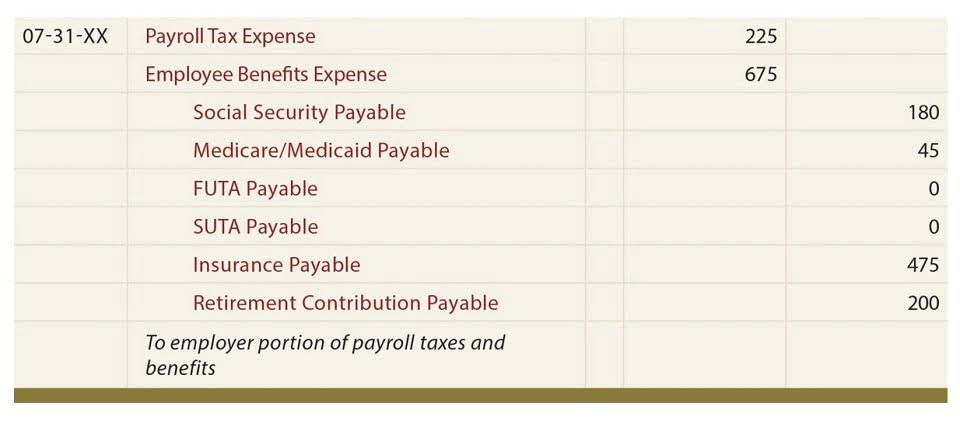
Another method for estimating bad debt is through the utilization of the account receivable aging technique. This approach relies on an aging report that classifies invoices based on their age, such as those overdue by 0 to 30 days, 31 to 60 days, 61 to 90 days, and so forth. Once calculated, bad debt expense is reflected in a business’s financial statements. On the income statement, bad debt expense is presented as an operating expense. This inclusion reduces the business’s net income, providing a more realistic view of its profitability for the period. To put an end to our discussion, the Bad Debt Expense Calculator ensures accurate estimation and recording of bad debts, promoting effective financial management and compliance.
Step 4: Apply the loss rates to the current trade receivables portfolio
Regulatory constraints in financial services (e.g., FCRA compliance) may also limit data utilization compared to manufacturing sectors. This is a contra-asset account used to estimate the amount of accounts receivable that might become uncollectible. Book a demo of Paidnice today and see just how easy it is to automate your way to healthier cash flow. Now that you understand why you need to track, let’s discuss how to calculate bad debt expense. Utilize advanced accounting software for streamlined invoicing, automatic reminders, and real-time accounts receivable insights. Switching to automated systems can be a game-changer, saving you time, eliminating mistakes, and offering up data that’s gold for making smart choices.
Where can I find bad debt expense on financial statements?
- For businesses in the UAE, accurate VAT reporting is crucial—especially when managing bad debt write-offs.
- Common invoice categories include 0–30 days old, 30–60 days old, and so on.
- It can only be applied when there is a confirmation that an invoice won’t be paid for, which takes a lot of time.
- This integration enables automated entries for bad debt expense, making financial reporting accurate and hassle-free.
- This method is straightforward but might lead to confusing accounting entries.
- As August arrives, many Canadian small business owners begin thinking ahead to fall plans, budgeting, and long-term financial strategy.
This helps prevent high-risk accounts from entering your receivables pipeline and reduces the likelihood of future write-offs. If you know which customers are at risk of defaulting next quarter, you can act now How to Run Payroll for Restaurants to protect cash flow, adjust payment terms, or tighten credit. On the balance sheet, accounts receivable are presented net of the allowance for doubtful accounts.
Accurate Financial Reporting

This number is then divided by the total average AR over the same period. This number is the amount of anticipated bad debt as a percentage of income. In the allowance method, bad debts are anticipated before they occur. Entries are adjusted based on bad debt expense calculator expected losses at the end of each accounting period.

Methods for Estimating Bad Debt Under the Allowance Method
- When it comes to business longevity, consistent cash flow, effective inventory management, and proper…
- That is why unless bad debt expense is insignificant, the direct write-off method is not acceptable for financial reporting purposes.
- Although less accurate, the direct write-off method directly reduces accounts receivable when a debt is confirmed uncollectible.
- This is the most straightforward structure and often the starting point for small businesses.
The technique is used to populate the allowance for doubtful accounts, which is a contra account that offsets the accounts receivable asset. Recording bad debts or doubtful debts is necessary to depict a business’s true and fair financial position. balance sheet The event of bad debts must be recorded in the accrual accounting system. When you invoice a buyer for their purchase, it’s recorded as a sale in your books. If you’re not paid for that transaction, your overall revenue is actually less than indicated by your accounts–and you have to pay tax on your revenue.

Management

Our system allows you to maintain up-to-date records and make informed financial decisions without manual intervention. To create a journal entry, debit the bad debt expense and credit the accounts receivable balance for the same amount. You would record bad debt expenses in a bad debt expense account as soon as you realize a debt is uncollectible. You’ll calculate your bad debt allowance for each aging bucket then add these totals all together to find your ending balance. Here’s an example of an accounts receivable aging report with collection probabilities that add up to a total bad debt reserve. When a company initially estimates and recognizes bad debt expense, it must record the expense in the accounting period in which the related sales occurred.
- This data helps establish a reliable percentage of credit sales that historically become uncollectible or the likelihood of collection based on the age of receivables.
- Recording bad debts or doubtful debts is necessary to depict a business’s true and fair financial position.
- Get free guides, articles, tools and calculators to help you navigate the financial side of your business with ease.
- AFDA accounting is an estimate of the portion of accounts receivable that a company expects to become uncollectible.
- Bad debt expenses make sure that your books reflect what’s actually happening in your business and that your business’ net income doesn’t appear higher than it actually is.
- They are all information that could affect the credit losses in the future, for example macroeconomic forecasts of unemployment, housing prices, etc.

Bad debt expenditure serves as a safeguard against financial deception in addition to being an accounting necessity. When businesses fail to account for bad debt, their financial statements become inflated, making profits look higher than they actually are. Consider a logistics company extending a $10,000 credit to a client. After months of follow-ups and legal notices, the client goes bankrupt.
